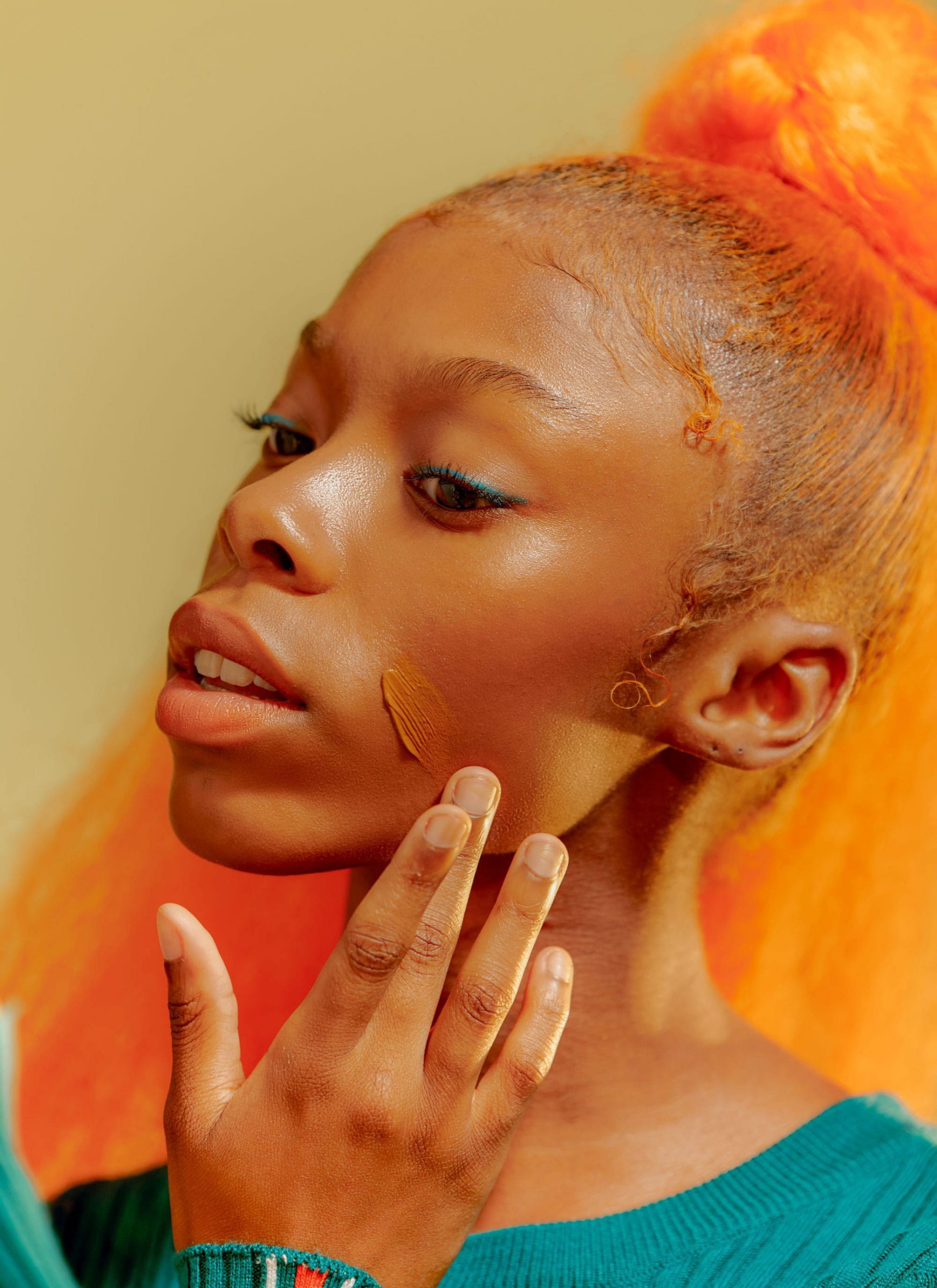Anabel Sanchez
Online Editor
After decades of frustration, beauty companies have finally turned a new leaf. Makeup lovers of color are finally seeing the results of years of pleading to beauty brands to include more shades that fit them.
Whether it be in Sephora, Ulta, Target, or Walmart, when one turns to the beauty aisles, they might find their head whipping left and right as they take in the influx of options.
But just how diverse is the beauty industry now?
Early on, while smaller, black-owned makeup companies existed, they weren’t promoted on the same commercial level as companies such as Revlon or Max Factor, which catered to lighter skin tones.
Even into the 1980s, some entertainment artists of color were often snapped looking “casket ready” in photographs—a term used to describe the dreaded camera flashback effect of mismatched makeup on darker skin.
As the 80s gave way to the 90s, black owned drugstore brands such as Black Radiance, Black Opal, and Iman Cosmetics began to grace accessible stores like Walmart and Target. Granted, they were usually stocked in a corner of the beauty aisle. The very far corner.
In the 90s, luxury brands such as Estée Lauder, Lancôme and Bobbi Brown began to produce products with a wider shade range. In smaller increments, of course. Nars, Bare Minerals and Makeup Forever also offered the same. Although at a much higher price.
However, the makeup industry was revolutionized when in 2017 singer Rihanna came out with a mind-blowing 40 shades with the launch of her Fenty Beauty line—something that up until then had been unheard of.
Soon after, brands—high-end and drugstore—were taking cues from Riri, which became dubbed the “Fenty Effect”.
However, not all brands got the memo on how to do an inclusive launch.
In early 2018, high-end beauty brand Tarte faced intense backlash when they launched a dismal shade range for their hyped Shape Tape Foundation line. While their representatives explained their intention to eventually release more shades, the damage had been done.
The failed launch made one thing clear: brands with lackluster shade ranges from the onset would no longer be tolerated by beauty lovers of color. Recently, when Tarte re-released the foundation line as Face Tape with 50 shades, the reactions were mixed.
When revealing her dissatisfaction with the relaunch, influencer Alissa Ashley stated, “You want to make sure that you use brands that you feel proud to use, whether it be cruelty-free or inclusive. I don’t really feel like I’m proud to use Tarte yet.”
In a conducted poll among students at BC South Campus, 15 out of 15 students felt that makeup brands were becoming more diverse. However, a few students noted that there was still a ways to go.
Paula Tello, a BC Communications major, said, “I used to have problems. They also didn’t have products for my type of skin. That’s another issue. Sometimes you would find your color with a product but then it’s not for your skin type.”
But as more brands expand, that issue seems to be diminishing.
After Fenty’s launch, Covergirl followed with an impressive color range with their TruBlend Matte Made foundation line. NYX, in collaboration with Alissa Ashley, released their Can’t Stop, Won’t Stop line, and Two Faced, in collaboration with Jackie Aina, expanded their Born This Way line. All carry different undertones and finishes.
“I’m positive now that companies are creating more products for darker skin,” Tello added. “In M.A.C. and Sephora, when you walk into the store, you almost see more products for darker skin than lighter skin now. In America, consumers of color make up a lot of the makeup economy.”
At this point, for makeup brands to fail at launching diverse lines would not only be terribly regressive but just plain foolish.
For hell hath no fury like beauty lovers’ scorn.
sancha9@mail.broward.edu
Photo courtesy of Caroline Tompkins
